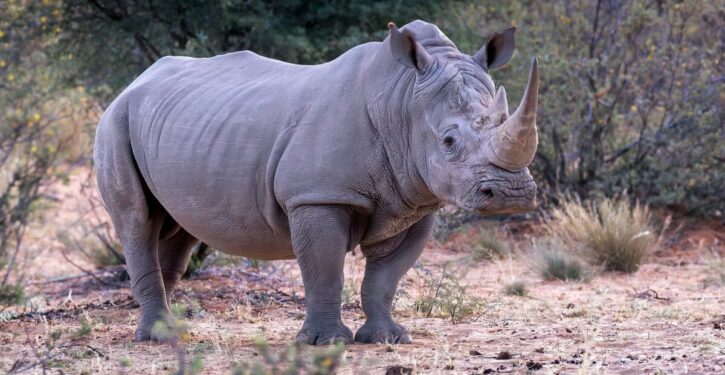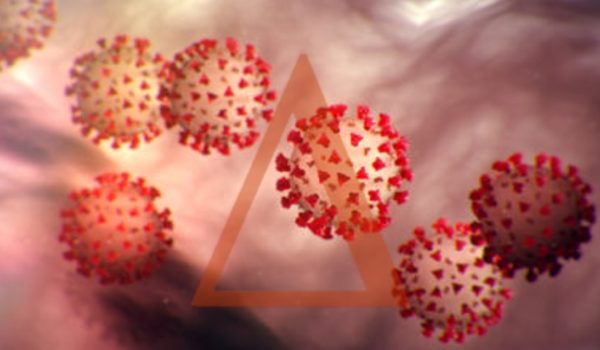
“To help crack down on poaching, scientists in South Africa are injecting rhino horns with low-level radioactive isotopes that are harmless to the animals but detectable by scanners at airports and border crossings,” reports The Doomslayer.
The Guardian adds:
A South African university has launched an anti-poaching campaign to inject the horns of rhinoceroses with radioactive isotopes that it says are harmless for the animals but can be detected by customs agents.
Under the collaborative project involving the University of the Witwatersrand, nuclear energy officials and conservationists, five rhinos were injected in what the university hopes will be the start of a mass injection of the declining rhino population, which they are calling the Rhisotope Project.
Last year, about 20 rhinos at a sanctuary were injected with isotopes in trials that paved the way for Thursday’s launch. The radioactive isotopes even at low levels can be recognised by radiation detectors at airports and borders, leading to the arrest of poachers and traffickers.
Researchers at Witwatersrand’s Radiation and Health Physics Unit said tests conducted in the pilot study confirmed that the radioactive material was not harmful to the rhinos.
The global rhino population is much smaller today than it once was. The rhino population fell from 500,000 in 1900 to about 27,000 today. About 16,000 rhinos live in South Africa.
Scientists are releasing mosquitoes into Hawaii to fight malaria.
Brazil has similarly released millions of bacteria-infested mosquitos to fight another tropic disease, dengue fever. 2021 study found such bacteria-infested mosquitoes produced a 69% decrease in dengue fever, as well as a 56% and 37% decrease in the incidence of chikungunya and Zika, two other mosquito-borne diseases.
A virus is being used to cure deafness in new gene therapy. Researchers also discovered that a plant virus could be used to save crops from root-eating pests.



